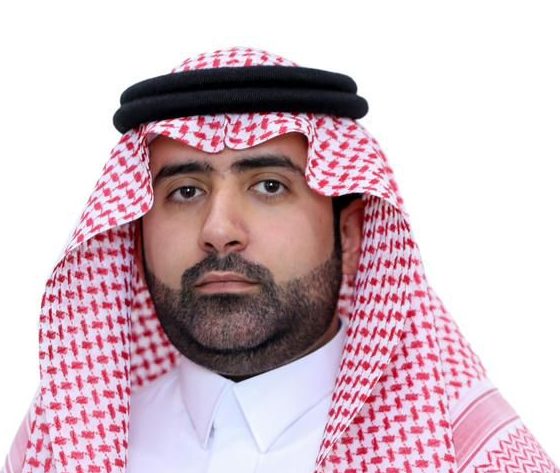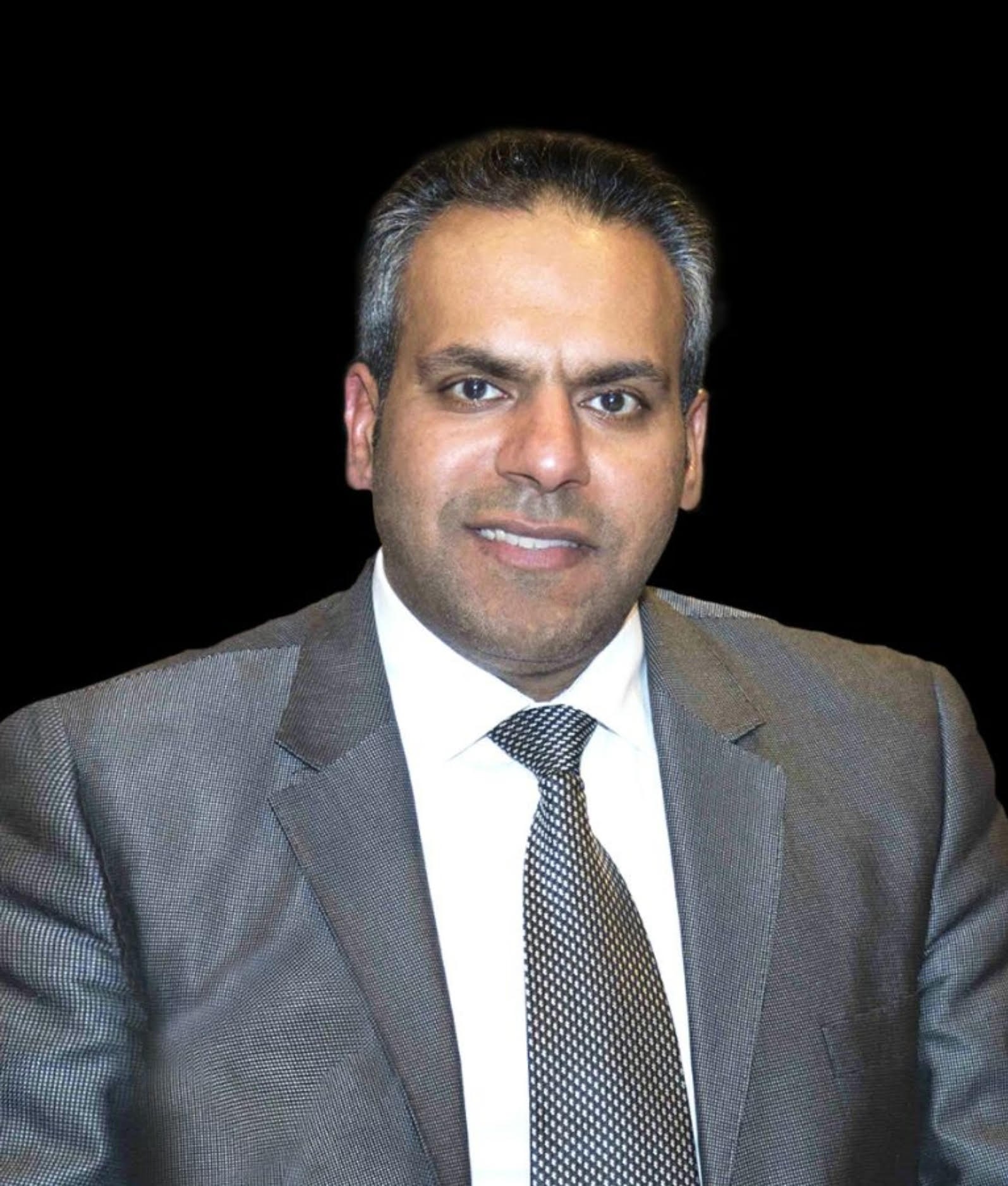© 2020 All rights reserved to Maaal Newspaper
Publisher: Maaal International Media Company
License: 465734
Saudi Sukuk, Debt Instruments’ Market, an Overview
With its cadres and partners, the Financial Sector Development Program aims to enable a diversified and effective financial sector to support the national economy, and to be among the world’s largest financial hubs by 2030.
The worldwide financial markets are made up of four investment means that complement each other, namely stocks, commodities, bonds, and currencies, so that one of the state’s economic cycles is clarified through their output. Perhaps we should concentrate more on the Kingdom’s sukuk and debt instruments market in this essay.
Following the emergence and development of the Saudi sukuk and debt instruments market in its most significant transformations, one can see that its depth and breadth, in 2009, were not as expected, with only 55 transactions worth SR27 million, and as a result, the market progressed at a slow pace until 2017, when the market saw a leap by establishing a program Sukuk coverage of 319 % and a total of 58 transactions.
Finally, the inclusion of the sukuk and debt securities markets in the FTSE index for the year 2020 was a significant step forward, as foreign investor ownership climbed by roughly 22.3%.
The debt instrument market is noted for its strong liquidity on a global scale. According to a McKinsey Institute study, the debt instruments market in the United States of America accounted for 32% of the financial market for more than 10 years.
Existing global sukuk market grew to about $500 billion by the end of 2019, with high growth rates and demand for green sukuk as one of the most important modern sukuks, illustrating the global trend towards it, according to the Islamic Services Council’s financial services industry stability report.
The current surge in demand in the Saudi market is attributable to a variety of factors, the most notable of which are the high returns in light of low interest rates, the large number of funds investing in sukuk and bonds, and the ability of foreign investors to access the market.
Where trading increased to around SR21.2 billion, in 2020, the highest level since the market’s creation.
Although the sukuk and debt instrument markets are important to all individual investors and companies, there is a common misconception among speculators that debt securities are ineffective in generating short-term profits, which is not true on the ground from a financial perspective, such as when speculators buy linked bonds.
When the interest rates are low, the price of bonds rises, allowing speculators to benefit during this time period, and vice versa.
In the case of contracts, which are a legitimate alternative to bonds and represent the ownership of a common percentage in in-kind assets, a specific project, or an investment activity that is compatible with the provisions and principles of Islamic Sharia, the contract holder is considered a participant in bearing the risks and the possibility of profit or loss for the company, and due to the high rate of its risks over the bonds.
These instruments allow the investor to diversify his investment portfolio, in order to protect it against unregulated market hazards.
Companies can improve their capital and financial efficiency by signing contracts and debt instruments as an alternative to traditional loans and stock offers, depending on their needs and long-term financing strategies.
This also helps to improve the principle of transparency and clarity among investors when evaluating the company’s future performance.
We conclude from the foregoing that, notwithstanding the level of liquidity transacted, the Saudi contracts and debt instruments market requires more liquidity to meet the volume and liquidity of the Saudi stock market.
In terms of contract market trading requirements and commissions, as well as technologies to better activate the market.
Al-Jauhara Mohammed Nasser Al-Shithri
Related





